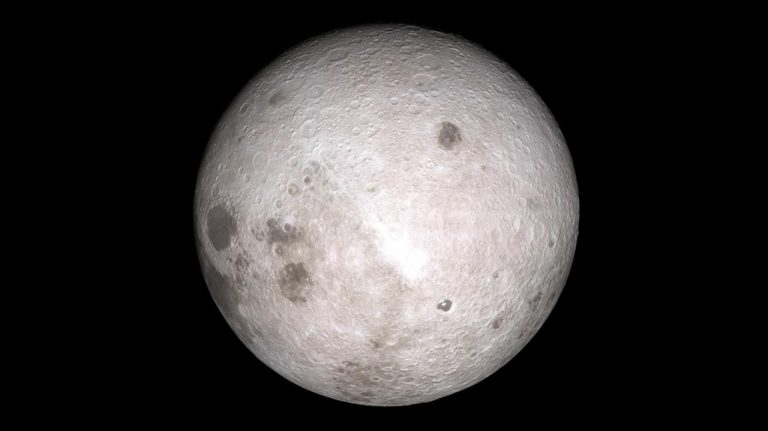Scientists have provided the first detailed results of the examination of samples from the far side of the Moon, with the Chinese probe Chang'e 6 showing that volcanic activity there occurred between three and four billion years ago. This is important information to understand the clear differences between the hemispheres of the Silver Globe.
Until now, scientists have learned about the history of the Moon only using rocks brought from the opposite region of our planet. In June, for the first time in the history of mankind, the “Jane 6” mission brought samples from the far side of our natural planet to Earth, which provided a unique opportunity to study volcanic activity there. The probe collected about two kilograms of lunar soil.
– Solving the mysteries of the volcanic history of the far side of the Moon is of crucial importance for understanding the dichotomy of its hemisphere, emphasized Professor Li Qiu-Li from the Chinese Academy of Sciences.
The asymmetry between the two sides of the Moon, including differences in basalt distribution, topography, crustal thickness, and thorium concentration, has long been a mystery.
Four billion years ago
The Chinese team performed isotopic analysis of 108 pieces of basalt brought back from the Moon. 107 of them revealed a constant formation age of about 2,807 million years ago, which also indicates the age of the local basalt eruption at the probe's landing site. Scientists emphasize that this volcanic episode of 2.8 billion years ago was not observed in samples from the visible side of the Moon.
But the age of another piece of basalt containing high aluminum has been determined to be about 4203 million years. According to the analysis, it is from the area south of the Chang'e 6 landing site, which is the oldest sample of lunar basalt whose age has been accurately estimated.
These data show that the volcanic activity on the far side of the Moon lasted for at least 1.4 billion years – from 4.2 to 2.8 billion years ago.
Visualization of the far side of the Moon based on data from Scientific Visualization Studio LRONASA
Preliminary lead isotope analysis further suggests that the basalts come from a variety of sources. Basalt formed 4.2 billion years ago from a rich source of potassium, rare earth elements and phosphorus, while basalt formed 2.8 billion years ago from a poor source of these substances.
We hope that further research
The close agreement between the basalt's 2.8-billion-year age and estimates based on crater counts suggests that the crater chronology model developed from visible-side observations of the Moon also applies to the other hemisphere.
As the researchers emphasize in the journal “Nature”, the isotopic age of basalts from the Chang'e 6 mission is also an important calibration point for improving methods of studying the history of the Moon based on the calculation of craters on the surface of the Silver Globe.
In 2020, China brought samples of lunar soil back to Earth from the side of the Moon visible from Earth. Previously, the latter was achieved as part of the American Apollo program in the 1970s.
Main image credit: NASA Scientific Visual Studio

